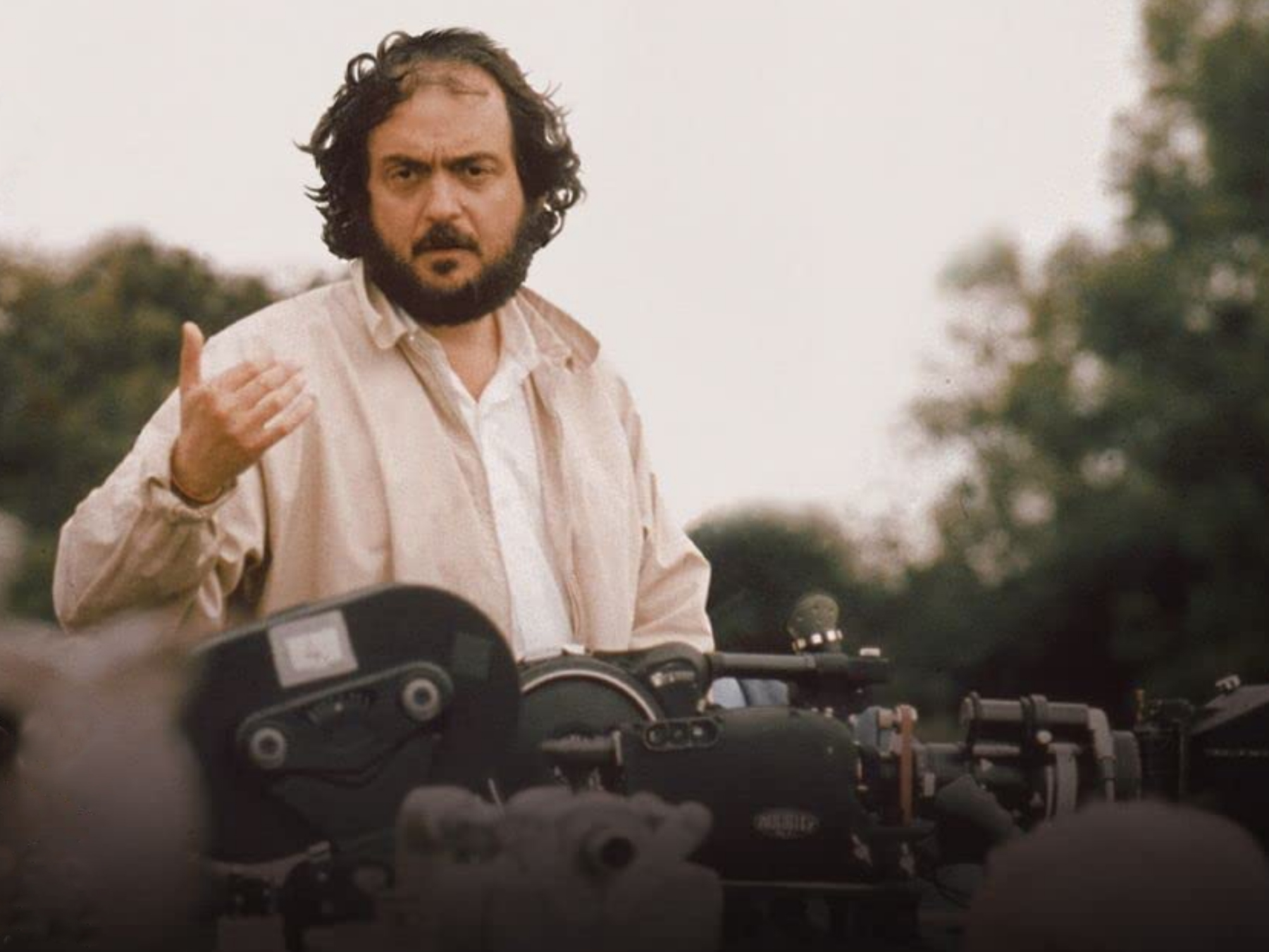
- Film
Docs: “Kubrick by Kubrick” Uses Legendary Director’s Own Words to Examine His Exacting Methodology
It’s been almost a quarter-century since the death of filmmaker Stanley Kubrick. But in the years since, his legendary stature has only grown, with fans and critics alike celebrating his filmography and debating the status of his many discarded or never-realized projects.
Most recently, Steven Spielberg — who previously honored Kubrick with 2001’s A.I. Artificial Intelligence — announced that he’s prepping production on an adaptation of Kubrick’s stalled Napoleon Bonaparte biopic as a seven-part limited event series for HBO.
The thrill found in these collaborations, with other filmmakers picking up the banner of some of Kubrick’s passions, is real. At some point, though, Kubrick’s to-do list will be exhausted. Thankfully, the creative perspective of the obsessively detail-oriented director lives on, in his own words, in Gregory Monro’s documentary Kubrick by Kubrick, recently released exclusively on digital and VOD platforms via Level 33 Entertainment.
Kubrick, of course, rarely granted interviews, but sat down with French critic Michel Ciment several times over the course of 10 years, and audio snippets of those conversations form the spine of this elegant if somewhat elliptical nonfiction work.
There are no new interviews in the movie, but archival clips are interspersed throughout. Marisa Berenson talks about shooting Barry Lyndon by candlelight, for instance, while Jack Nicholson assesses Kubrick’s exactitude, and Tom Cruise and Nicole Kidman discuss Eyes Wide Shut with Diane Sawyer. But for the most part, Kubrick by Kubrick unfolds as a mannered, guided tour through its subject’s estimable canon by way of focusing on his processes and philosophy.
There’s a pinch of biography, touching on his early photography work for Look Magazine. And the film alights upon some production particulars regarding A Clockwork Orange, 2001: A Space Odyssey, The Shining, Full Metal Jacket, and more.
Most of the film’s engagement, however, comes from Kubrick simply reflecting upon his work. Some recollections are concrete and direct. Kubrick explains, for example, the folly of hiring a designer when it is easier, in his mind, to just copy all of Barry Lyndon’s costumes directly from paintings of its era.
A lot of the film is slightly more esoteric. Kubrick cops to hard-to-define thought processes in terms of what compels him to actually make a film, and also talks about using genre material as a way, on a psychological level, to explore individual and societal attitudes about death. Later, without really getting into specifics, he says of physical production, “If you try to get it right, it’s not always fun because you’re in conflict.”
Still, while more than one collaborator touches on Kubrick’s penchant for dozens of takes, the director doesn’t present as an overly rigid and totally unreasonable taskmaster. Malcolm McDowell talks about his openness to thoughtful collaboration, and Kubrick himself both discusses casting R. Lee Ermey in Full Metal Jacket, and quotes James Joyce’s assertion that errors are portals to discovery.
While Kubrick’s work has of course spawned a plethora of nonfiction snapshots — from the more straightforward Stanley Kubrick: A Life in Pictures and Room 237 to more associative if no less interesting movies like S Is for Stanley and Filmworker, the latter a portrait of longtime Kubrick associate Leon Vitali — there’s certainly room for something as ethereal as Kubrick by Kubrick.
Monro’s filmography includes nonfiction portraits of a diverse slate of film artists, from Sean Connery to Michel Legrand and Jerry Lewis. And as with most of those other works, he’s interested here less in grand revelation than simply allowing space for profundity to bloom from simple, smart observations. Working with editor Philippe Baillon, Monro moves deftly back and forth in time. He also playfully uses miniature models of sets from Kubrick’s movies as a way to inject some visual flair and also pay homage to his subject’s carefully crafted worlds. Composer Vincent Theard, meanwhile, contributes an atmospheric score that suits the material.
Perhaps fittingly, the documentary concludes with Kubrick opining about the challenge and philosophical considerations in crafting film endings. “Are you going to reinforce this illusion which melodrama fosters, or are you going to reflect what one sees about life?” he asks. “Melodrama uses all the problems of the world and disasters which befall the main characters to finally show you that the world is a benevolent and fair place, and all the tests and trials and seeming misfortunes that occur in the end just reinforce this belief. But tragedy, or honestly attempting to present life in a way that seems closer to reality than melodrama can leave you with a feeling of desolation.”
Desolation, perhaps, but — in Kubrick’s work — never emptiness.

